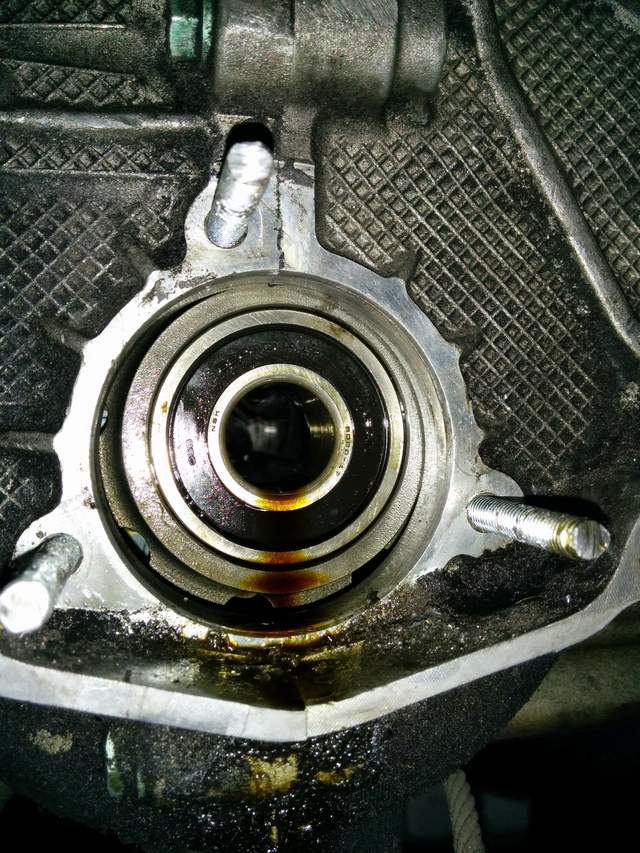I am in a similar situation as others in this thread except that I have not yet extracted the original bearing. I have set screws in place but the bearing is off-center. Only 2 of the 3 tensioners are out. Some ideas for getting the job done from here:
1) Remove 3rd tensioner in attempt to center the bearing in the case hole. Is there significant risk of a timing slip from removing the third tensioner? I have an '01, 5-chain engine.
2) Try to get the engine to TDC, then use cam lock (which came with the ln retrofit kit) and follow ln engineering instructions from the top. To do this, the idea is to reinstall the tensioners and then rotate the engine manually to TDC. JFP stated this is unlikely to work because the flange from the ims bearing is no longer being held in place by the cover. In my case, the old ims bearing is still installed, so I think I have two options to keep it centered while I move to TDC:
a) reinstall the cover. Since the flange is now off-center I'm not sure if this will work. Plus, the flange is broken and would not be able to be secured from the outside of the engine case.
b) use the LN easy-out tool in combination with the removal tool to keep the IMS centered while reinstalling the tensioners and rotating the engine to TDC.
Any feedback on these approaches? I am especially curious about what the risks are when removing the third tensioner--I don't want to mess up the timing.
Image below. FYI, the set screws are just m6 bolts with their heads chopped off:
